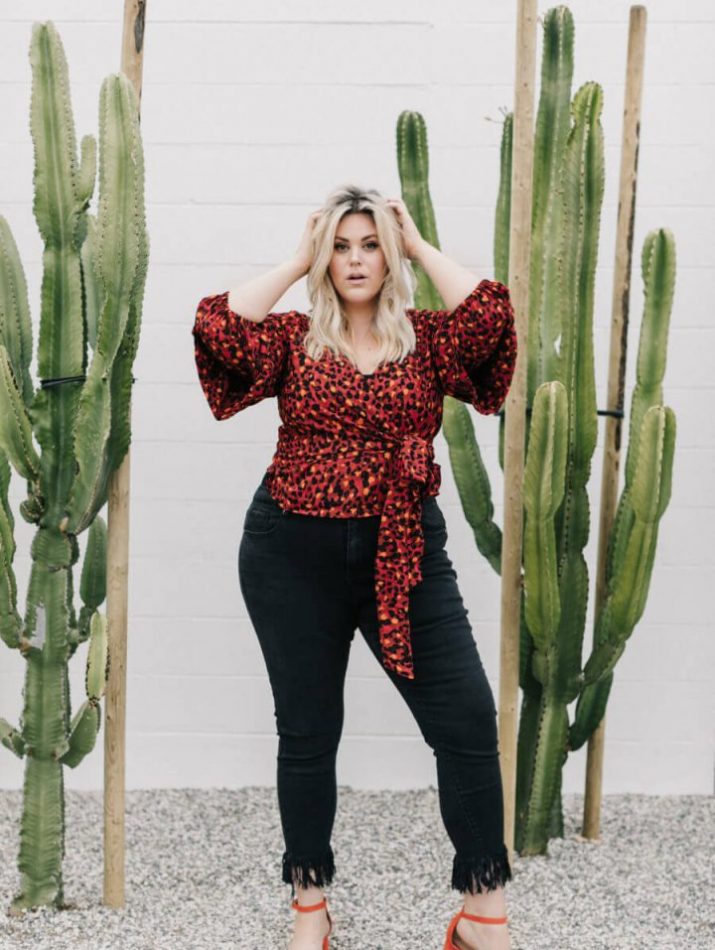
Since (pretty much) the dawn of time, society has had a certain idea of what it means to be beautiful and its very different from one culture and/or era to the next. The Ancient Greeks thought that redheads were the prettiest while in Renaissance Italy curly blondes were preferred. In this blog, we are going to have a look at just how the standards of beauty have changed throughout history.
The Stone Age
Gender roles have had a massive impact on the idea of beauty with early civilisations like the Stone Age regarding voluptuous women with big breasts and large hips beautiful because this meant that they would be good at childbearing. This early sculpture of ‘Venus Von Willendorf’ definitely suggests this.
Venus Von Willendorf
The Renaissance Era
Women who had fuller figures were in vogue in a for a quite a long time actually. A lot of Renaissance artists like Raphael, Botticelli and Da Vinci painting women with curves.
Women were still seen solely for their fertility whilst, at the same time being seen as symbols of lust, which is why when you go into an art gallery in Italy, there are women with their boobs out everywhere.
Fifteenth to Seventeenth-Century Europe
Double chins were on trend as was pale skin, famously modelled by Queen Elizabeth the 1st who caked herself with white lead face paint.
If you were thin and tanned (in Western culture) this meant that you had to go out in the baking sun to work and couldn’t afford food to eat. Richer society didn’t have to work, so their skin remained pale and there was always plenty to eat.
Victorian Times
In the Victorian era, this all changed. The standards of beauty shifted to women with a frail, wispy body type, quite literally embodying the idea of women being ‘the weaker sex’ as the role of women was to obey her husband. (lol)
The Edwardians
More robust hourglass body types were en vogue during Edwardian times. The emphasis was on a small waist, large bust and round hips. The corset was all the rage at the time.
Standards of beauty were based on the ‘Gibson Girl’ who had a symmetrical face, tousled hair, tiny waist and wore long skirts.
Flappers of the 1920s
By the 1920s, standards of beauty had changed dramatically, yet again. By stepping up during the war and getting the rights to vote, women had gained a lot more freedom. This was reflected in the way they dressed.
Shorter hair and slimmer silhouettes were characteristic of the flapper age. Boyish shapes were in and womanly curves were out. Women would actually buy shapewear to make themselves appear more flat chested.
Did you know that it was during the 1920s that the first adverts for weight loss started to appear?
The Depression
The 1920s ended badly with the Great Depression. This meant that there was a lot of less money to spend on clothes and looking beautiful. While lots of people were going hungry and becoming thin, they aspired for a more rounded ‘wholesome’ shape
Post War
The Second World War meant rationing and ‘make do and mend.’ so by the time that the 1950s came around, people were frankly quite fed up and in the mood for celebrating.
The hourglass figure was popular once again and women embraced the idea of ‘shapewear.’ The corset was long gone but the ‘cone bra’ was very much en vogue.
Androgyny and Twiggy
In the sixties, it was cool to be slender. Twiggy, the most famous supermodel of the time, changed the standards of beauty to an androgynous look.
The tall and thin ideal carried on into the next decade with the addition of slightly more curves. As shown by 70s style icon Farah Fawcett
The era of the shoulder pads a.k.a the 1980s
it was all about ‘power dressing’ in the 1980s, showing off athletic builds with broad shoulders and tanned skin. Standards of beauty preferred the tall and thin body shapes with big boobs.
The nineties and noughties
If you thought that the standard of beauty couldn’t get any thinner, think again. Kate Moss known as the ‘skinniest model of all time’ had a tiny BMI of 16 at the height of her career.
As with the 80s, athletic builds were considered beautiful with a lot of emphasis on exercise, such as HIIT and weightlifting.
In the 1990s it also became popular to belittle overweight women and many popular TV series made stereotypes of fat women being greedy, unworthy of love and not very intelligent. Thanks for that guys.
The growing divide between the super thin models and growing waistbands makes it seem like the standards of beauty are unattainable.
The Twenty-Tens
This decade will probably be remembered as the dilemma decade. Would you say that is also true for the standards of beauty? Or is the idea of having a beauty standard to aspire to an outdated ideal?
Let us know what you think in the comments below.